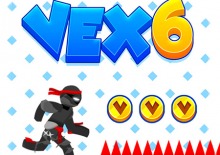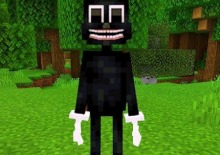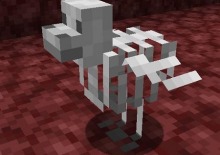Advertisement
Let's Find Larry
Let's Find Larry is a short indie game that blends hidden-object gameplay with psychological storytelling. The player’s goal is to locate a character named Larry in various crowded scenes, using limited tools to scan and uncover his position. Each level introduces a different environment, and while the mechanics remain simple, the game builds tension through its visuals and dialogue. The experience gradually shifts in tone, suggesting that there's more to this search than it first appears.
Changing Perspective
The main mechanic allows the player to rotate each scene in 90-degree turns, offering new viewpoints on seemingly static areas. This small twist makes familiar locations feel unpredictable, requiring attention to detail. Larry is hidden somewhere in each environment, and the player must find him to proceed. As the search continues, subtle changes in the background and character interactions begin to hint at a deeper narrative that challenges the original premise.
Key Elements Of Gameplay
The structure of the game is built around:
· Searching through layered 2D scenes
· Rotating the view to expose hidden spaces
· Advancing through dialogue between the main character and others
· Uncovering a gradual shift in tone and story
· Reaching a choice-driven ending based on player input
This list highlights how the game moves from a simple activity to something more emotionally charged and complex.
Hidden Intentions
While the early stages of the game feel light and quirky, the atmosphere becomes darker with each new scene. Dialogue begins to reflect a distorted relationship between the characters, and the search for Larry feels more intrusive than playful. Background music, visual glitches, and repeated phrases contribute to the growing unease. The player’s role becomes less about finding and more about understanding who Larry really is—and why he’s avoiding contact.
In the end, Let's Find Larry becomes more than a search puzzle. It turns into a brief but impactful exploration of obsession, perception, and control. With minimal mechanics and visual storytelling, the game delivers a compact narrative that invites reflection. It’s a project that uses simplicity to draw attention to more complicated questions hiding behind each interaction.








































































































